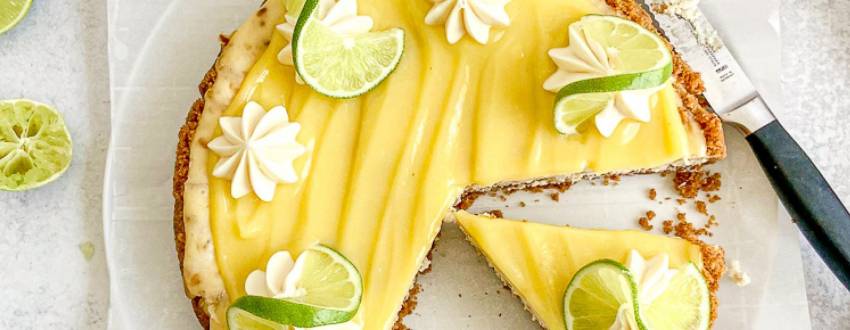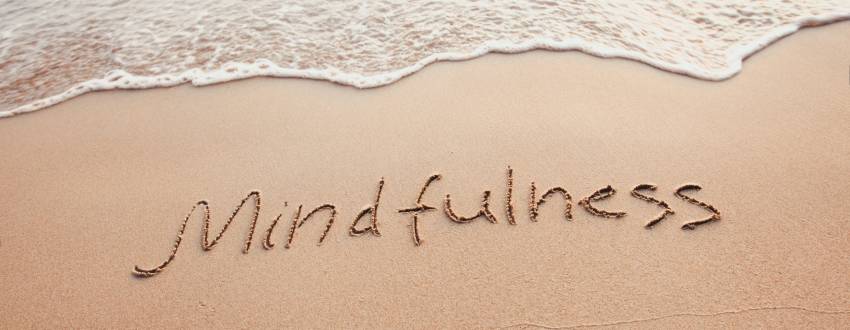Sponsored by Shevy’s Wigs
When shopping for a wig, it’s very helpful to know what questions to ask and what factors to consider before making such a big purchase.
It’s common knowledge that wigs come in many shapes, nets, sizes, textures, colors, and lengths. What is not as well-known is how each of those factors will affect the enjoyment, utility, and length of use you will get out of each piece.
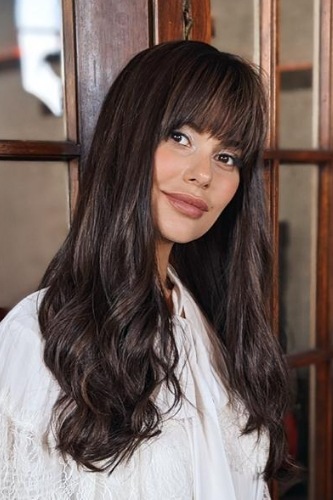
Each of these factors will affect the ability to wear and enjoy your wig and make the purchase one that is satisfying, comfortable, and easy to wear.
You can book an appointment and get a free personalized consultation with the famous Shevy of Shevy Wigs to help you figure out exactly how all these factors apply to you.
Nets- the Base
Nets are made up of different bases, and one’s specific needs will determine the net they choose.
A handmade net, where all the hairs are sewn in individually by hand, is both the lightest and the most comfortable to wear. For a client that has a sensitivity to weight or needs a more flexible net, a handmade net is ideal. It will ensure the ability to wear it for extended periods of time without having it feel constricting or heavy, which makes it ideal for everyday use.
A more common base is that made of a combination of production methods. It begins with a handmade multi-directional part, with wefting making up the remainder of the construction. This base is a bit more durable and longer lasting, the perfect choice for someone looking to get a piece that will ultimately be low cost-per-wear.
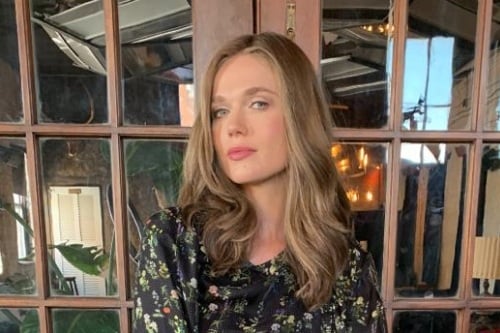
Size- the Most Important Factor
When purchasing a wig, size is the most important factor, no matter what the base of the net is comprised of. Size is the factor that will affect every other aspect of the wig, as a perfectly fitted piece will naturally look far more beautiful than one that is too small and does not conceal the hairline properly or one that is too large, which adds unattractive bulk.
Firstly, it should not feel too tight around the head. A properly fitted wig in the correct size should fit in front and in back without pulling away from the hairline and should cover the hairline as much as each client requires.
When considering how long the ear portion should be, you should think about whether you prefer to tuck the hair back, in which case the corners will need to be cut back, or whether it is important to you to cover the entire hairline, in which case the entire ear portion can be left intact.
It is also crucial that the crown area be long enough that the part ends at the back of the head and curves to the shape of the head well, giving it a natural look. If the crown area is too short the head will appear pointy, and conversely, if the net is overall too big or loose, the wig will not shape the head well and will appear unnatural. The same principle applies for an extra-large head. It is crucial that the net be big enough to mold to the head well, for the wig to lay naturally.
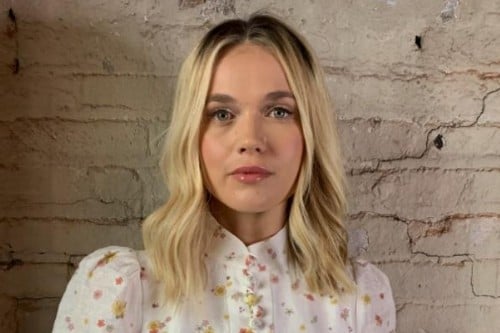
Texture
When choosing the texture of your wig, it is important to consider how you will wear the wig most of the time. If you prefer to wear your hair with a natural wave, be sure to select a piece that has naturally textured hair. No amount of styling or manipulation will give you that look the same way a natural wave will. If the hair is of good quality, it will look good unblown or styled to be straight or softly waved.
However, if your preference is a sleek, straight look, choose a wig that has naturally straight hair so you do not have to work constantly to maintain and straighten the hair.
Thin or Thick?
Another factor to consider is the amount of hair the wig should have to achieve the look you want. Some prefer lots of body and a “big hair” look. That requires a wig with thicker hair. You want to choose a wig that has enough hair, but not too much. A heavy wig is hard to handle, will lend itself to knotting, and tends to look unnatural.
Even if you have thick hair yourself and want to imitate that look in your wig, choose a wig that is a little lighter in weight than your own hair.
As for a thinner wig, less can definitely be more. In many cases a lighter wig can and does look more natural, but be careful not to go too thin. A costly wig should last you several years, and while wigs do lose hair naturally you don’t want to have to go through the expense and hassle of adding hair to a fairly new wig because it thinned out too quickly.

Choosing the Wig Color
When selecting the color of a wig, the client should be actively involved. Before selecting a wig, you should try on various shades and a wide spectrum of colors, from light to dark. Don’t make the mistake of buying a wig several shades darker than you would like because you don’t want it to get “too light” too quickly. A good quality wig shouldn’t fade too quickly. And if it does get a little lighter, some soft rooting is mostly all that is needed to restore the original color.
When you have settled on a color, the base should match the color of your eyebrows, unless you have decided to go blond, in which case some darker rooting is necessary to give the blond color some depth and dimension and match your natural skin tone.
Highlights are a great way to enhance an excellent cut, give a wig dimension, and create depth.
Subtle highlights around the face and below the ears can brighten the overall look of the wig and enhance the color of your eyes, giving the face a more vibrant and open look. In order for highlights to look natural and realistic, they should never be too chunky or be heavily placed with noticeable lines of demarcation.
A sun-kissed highlighted style meant to create movement and depth will result in an effortless modern look.
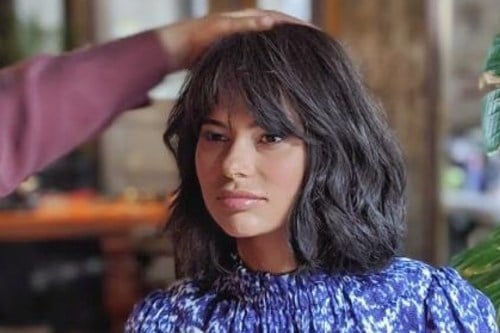
Choosing the Length and Cut
In deciding the length of your wig there are several factors to take into consideration. For most women their age will affect their decision when choosing the length of their wig. And that begs the question–are short wigs only for older women? And the answer is – not at all. A chin-length cut on a young woman with smaller features can look extremely chic and bring out strong cheekbones.
A woman with a broader build should not wear a wig that is too wide and the length should be slightly rounded in back and a little below shoulder length.
For petite women we generally recommend a lighter, shorter wig rather than something long and heavy so that she doesn’t look overwhelmed by the quantity of hair and her features can still be seen.
Once a wig is selected, the most frequent question we address is whether to cut bangs. While most women look great in bangs, they can be especially well suited to those with a longer (oval shaped) face or a high forehead. In such instances, bangs can frame the face beautifully. We generally recommend a wider bang on a narrow face and a narrower bang on wide face to soften the features and create a flattering shape.
Right now, lace top and lace front wigs are all the rage for creating the most natural hairline on any wig. A well-constructed lace front wig, while delicate, if handled with care can be the easiest way for a young bride to transition to wearing a wig. A lace front wig will look like her hair and make her feel most like herself, easing the adjustment.
To get help with choosing your perfect wig, click here to book your free appointment at Shevys.



